Burning nostrils. Watery eyes. A cough that won’t quit. These are feelings that are all too familiar to people living in the Western U.S. The sunny, blue skies that were once a backdrop for beach days and camping trips are now smoky and grey. They serve as a frequent reminder that we are in a climate crisis.
And this summer, Western wildfires made national headlines when the smoke turned air quality “unhealthy” all the way in New York City.
Air pollution from wildfire smoke is full of dangerous, microscopic particles called PM 2.5. These tiny specks of debris can lead to long-term health problems like respiratory disease, heart failure, and developmental impacts in children — not to mention the mental health toll of living in a world shrouded in smoke.
But protecting our communities from climate change and these fires is as much of an environmental justice issue as it is a public health issue.
Low-income communities and communities of color are already more likely to live in areas with unhealthy air quality. Due to years of systemic racism, they’re also more likely to suffer from higher rates of disease and illnesses like COVID-19. Adding in another layer like wildfire smoke pours fuel on the fire.
The Drought in the West and Climate Change Are Making Smoky Skies the New Normal
Here are five cities where smoky skies are getting worse — and might become standard — if our elected officials don’t stop climate catastrophe and ban the fossil fuel infrastructure that drives it.
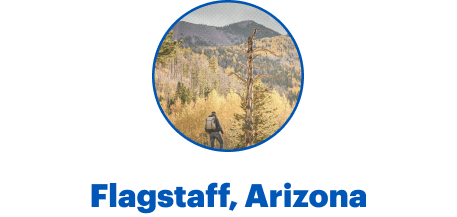
Known for its ancient Native pueblos and towering mountains, Flagstaff, Arizona is one of many Western cities living in a fog of wildfire smoke. From 2016 to 2020, residents of Flagstaff experienced an average 72 smoky days every year. That’s a 79% increase from 2009-2013. Since most summers are 92 days long, that means that Flagstaff residents could have experienced unhealthy air quality and smoke for almost four out of five days of the summer.
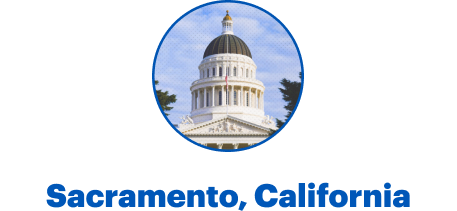
The geography of California’s state capital already makes it vulnerable to air pollution. Smog and PM 2.5 often collects in the valley throughout the year. The addition of wildfire smoke had residents coping with an average of 58 unhealthy air quality days per year, 2016-2020. On top of that, residents of Sacramento experienced a shocking 174% increase in unhealthy air quality days compared to 2009-2013. And even more shocking? People living in neighboring Yuba County experienced an average of 81 smoky days per year from 2016-2020. Yes, you read that right: 81.
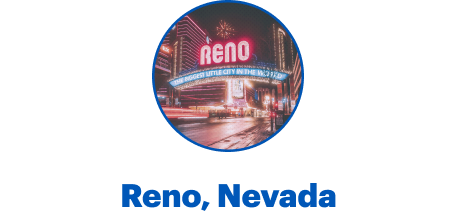
Reno’s proximity to the Sierra Nevada mountain range in California means it’s also close to California’s wildfires. From 2016 to 2020, Reno residents experienced an average of 42 smoky days every year. That represents a considerable difference and a 132% increase from the years 2009-2013. In 2021 alone, Reno residents lived through 24 days of an unhealthy air quality index of 101 or higher — all before mid-August.
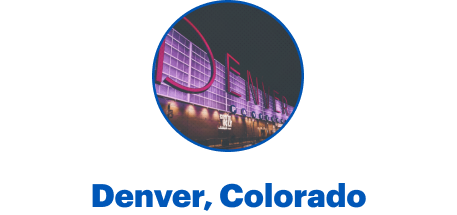
People living in the Denver area are no strangers to wildfire smoke. Yet, that doesn’t make the growing number of smoky days any more manageable. Residents experienced an average of 40 wildfire smoke-affected days per year 2016-2020. That’s like spending nearly half of every summer unable to see the horizon while breathing unhealthy air.
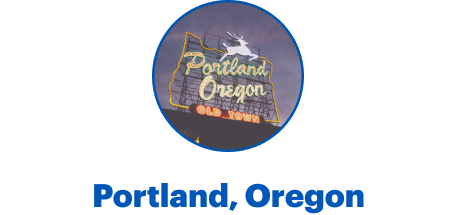
Portland made national headlines this year after an extreme heatwave melted streetcar power cables and killed nearly 100 people. But what didn’t make the headlines is another climate change-related problem: Portland’s residents experienced an average of 34 smoky days per year 2016-2020. Compared to the average of 23 smoky days per year from 2009-2013, that’s an increase of almost 50%.
It Doesn’t Have to Be Like This. We Can Stop Our Planet From Going Up in Smoke.
Right now, the Biden administration our elected officials are refusing to stop new fossil fuel infrastructure. They’re also supporting climate scams like carbon capture or “renewable” natural gas.
In doing so, they’re locking us into decades more of fossil fuel dependence, all but ensuring that climate change — and the resulting droughts and wildfires — will only get worse. At this rate, we’ll be juggling sunglasses with N-95 masks and canceling more community events because of fires. That simply isn’t sustainable.
That’s why all of us in the climate movement need to raise our voices and demand that the Biden administration start taking the climate crisis seriously. Will you sign a petition now to urge President Biden to ban fracking on federal lands? We need to act now — before it’s not just harder to breathe, but impossible.
President Biden, it’s time to ban fracking on federal lands.


